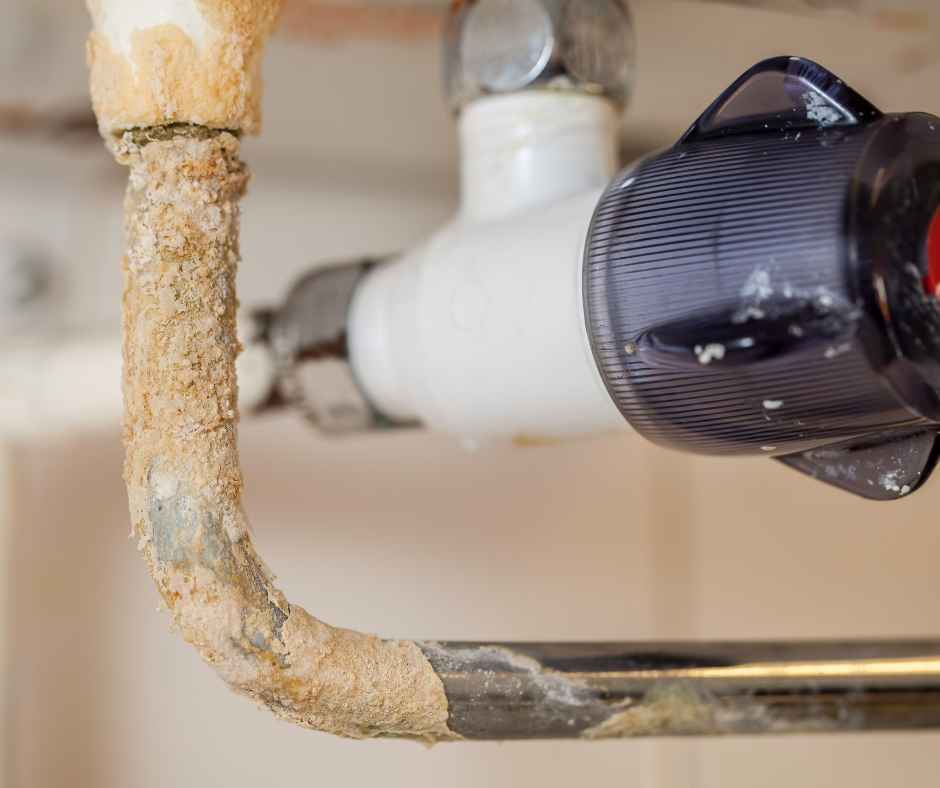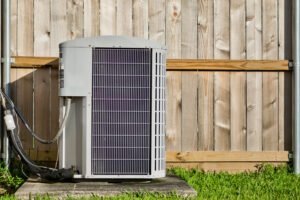The Advantages of Whole House Fans
There are many types of fans designed to improve airflow inside the home. Each plays an important role in maintaining comfort as well as healthy indoor air. The four main types of fans are:
Whole-House Fans
Designed to circulate air throughout a home’s ductwork, this type of fan is sometimes confused with an attic ventilator fan (see below), which exhausts hot air from the attic to the outside through an opening in the roof. In some cases, whole house fans can reduce the need for central air conditioning by circulating air on days when it’s not too hot or humid, particularly when combined with ceiling fans and other forms of air circulation.
Bathroom Exhaust Fans
A bathroom exhaust fan is designed to remove stale, moisture-filled air from bathrooms, laundry rooms, and other enclosed spaces. They maintain healthy air quality by reducing the likelihood of mold and mildew growth. When installing an exhaust fan it’s important to ensure that the fan is vented to the exterior of the house and not into an attic.
Attic Fans
Also known as an attic ventilator, attic fans regulate the temperature in an attic by removing hot air. They are usually controlled by a thermostat that automatically turns the fan off and on, or sometimes by a manual switch. An attic fan can be gable mounted or roof mounted.
Ceiling Fans
Ceiling fans are a great option for improving airflow in rooms. While ceiling fans do not actually lower the room temperature, they circulate the conditioned air where it’s needed and provide evaporative cooling.
Have questions about installing fans in your home? Call Ostrom, we can help with all your home electrical needs.












